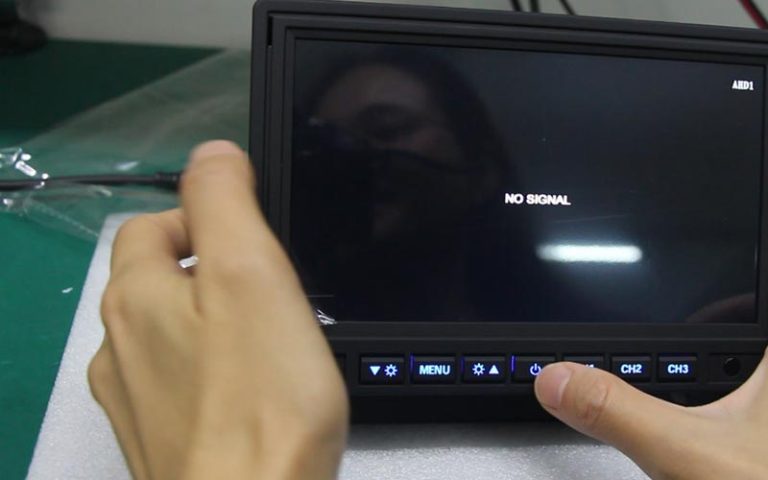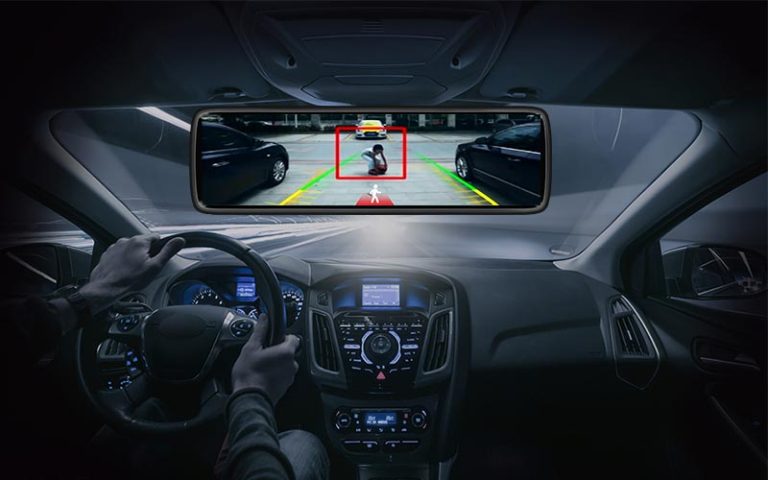As technology continues to advance, rear view cameras are playing an increasingly important role in the automotive industry. Its development has shown a series of remarkable trends, improving driving safety and bringing drivers a more convenient driving experience.
High-definition and panoramic view will become the main development direction of rearview cameras. Innovations in sensor technology enable rear-view cameras to provide higher resolution images and reduce accidents caused by blind spots, especially when reversing or parking, allowing drivers to see their surroundings more clearly.
The integration of intelligent technologies will further enhance the functionality of rear view cameras. Through artificial intelligence and machine learning algorithms, rear view cameras are able to identify and analyse various situations on the road, including pedestrians, vehicles and obstacles, providing drivers with more comprehensive information and helping them drive more safely.
Multi-sensor fusion is also a trend in the future development of rearview cameras. With the combination of cameras and sensors such as radar and LiDAR, the rearview system can sense the surrounding environment more accurately, improve its adaptability to complex driving scenarios, and provide more reliable assistance to drivers.
Rear view cameras are expected to become an important part of the connected car. By connecting with the vehicle’s internal system and the cloud platform, the rearview camera can realise real-time data transmission and sharing, providing more accurate information for traffic management, vehicle navigation, etc., and contributing to the intelligent development of the entire traffic system.
Overall, the development of rearview cameras will continue to advance in the direction of high definition, intelligence, multi-sensor fusion and Telematics to improve driving safety, create a more convenient and intelligent driving experience for drivers, and promote the automotive industry to a higher level.


